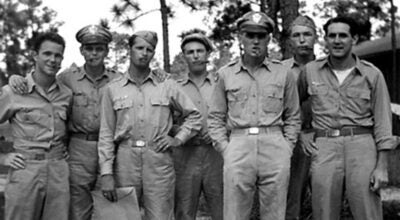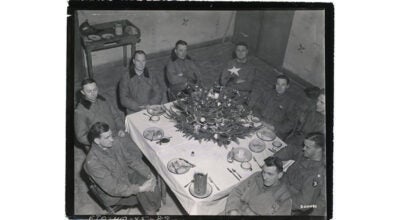Desert is real revelation
Published 12:00 am Saturday, March 26, 2011
With my heavy carry-on bag hanging on my left shoulder and my giant purse (almost as heavy) hung on the right one, I boarded a descending escalator at the Tucson, Ariz., airport. Once on ground level, I heaved a sigh of relief as I spotted Billie, my camping friend. Upon her invitation, I set foot in southwest Arizona for the first time.
After our hugs, we made our way to the baggage pick-up point where my suitcase, identifiable by a red net bow, appeared on the conveyer. As we stepped outside the airport and headed for Billie’s car, I almost stopped short. There in front of me was a giant cactus. It looked like something straight out of a cowboy and Indian movie—very unreal to me. At my exclamation, Billie explained that it was a Saguaro cactus, native to that part of Arizona.
Our 20-minute drive to her home outside the city limits of Tucson in Pima County was a real revelation for me. I bombarded her with questions about that cactus, other strange-looking plants growing in the desert soil, the adobe houses with flat roofs, yards devoid of grass, and the absence of green trees. I exclaimed over the height and beauty of the Catalina Mountains surrounding us.
Billie explained that Arizona has been in a 13-year drought. Many plants that bloom around this time of year didn’t have buds. As we pulled into her driveway, she showed me her mesquite trees that looked almost lifeless. And reigning majestic in her yard were some more of those fascinating Saguaro cacti. On our drive, I had seen some with arms, others without. “They begin to grow arms when they get about 100 years old,” she explained.
Later, I got a closer look at the Saguaro as we explored some of the four acres of her property. “What causes all those holes I see in them?” I asked. They were bird nests, hollowed out by woodpeckers that live in them one year, and then never return. Then other birds, like the little cactus wrens we saw peering out of them take up residence in the abandoned nests.
Years ago, Billie and her late husband Ron had searched for property suitable for a horse corral. They found it in that valley where you can see for miles around. In the evenings, we watched the sunset appear against the backdrop of those huge brownish, purplish-pink mountains. I was there the night the moon appeared closest to earth. We enjoyed a spectacular view of the bright-shining globe from several of her windows.
Although I had arrived the day after we switched to Daylight Savings Time in Alabama and there was a two-hour difference in switching time zones, I managed to sleep well every night during my visit. Was it the mountain air? Or as Billie suggested, maybe we just got tired out sight-seeing every day. I’ll tell you more about that next week.
More COLUMN -- FEATURE SPOT





